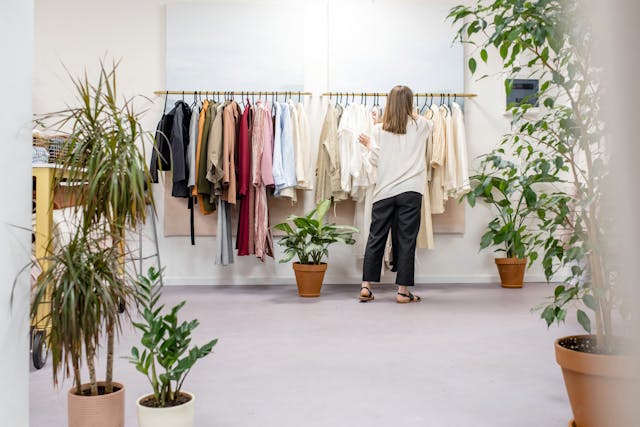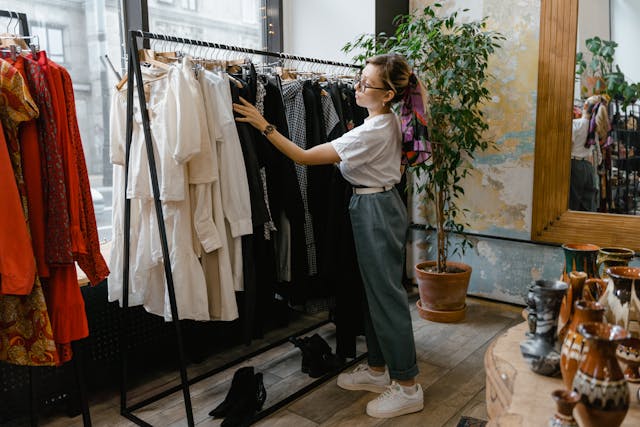Sustainable Fashion: How Eco-Friendly Brands Are Changing the Industry
The fashion industry is one of the biggest contributors to pollution and waste worldwide. But things are changing fast. More and more eco-friendly brands are leading the way toward sustainable fashion — a movement that aims to reduce harm to the planet while creating stylish, quality clothes. Here’s how these brands are reshaping the industry and what it means for you.

What Is Sustainable Fashion?
Sustainable fashion focuses on making clothing in ways that protect the environment and respect workers. This means using materials that are renewable or recycled, reducing water and energy use, and ensuring fair labor practices. It also involves designing clothes to last longer, encouraging consumers to buy less and choose better.
Eco-Friendly Materials Making a Difference
Many sustainable brands use innovative materials like organic cotton, hemp, and bamboo, which require fewer chemicals and less water than traditional fabrics. Recycled materials, such as plastic bottles turned into polyester, are also popular. These choices help reduce waste and lower the fashion industry’s carbon footprint.
Ethical Production and Fair Labor
Sustainability isn’t just about the planet—it’s about people, too. Eco-friendly brands often partner with factories that pay fair wages and provide safe working conditions. This contrasts with fast fashion, where workers sometimes face low pay and poor environments.
Transparency and Consumer Awareness
Many sustainable brands are proud to share how and where their clothes are made. This transparency helps consumers make informed choices. Labels might include information about materials, factory conditions, and environmental impact. Shoppers are now looking for these details to support brands that align with their values.
How Consumers Can Support Sustainable Fashion
As a buyer, you can make a difference by choosing quality over quantity. Look for brands that focus on durability and timeless styles. Consider buying secondhand or swapping clothes with friends. Small actions add up and encourage the industry to keep improving.
Challenges Facing Sustainable Fashion
Despite its growth, sustainable fashion still faces hurdles. Eco-friendly clothes can be more expensive due to better materials and fair wages. There’s also the challenge of scaling production while keeping true to sustainable values. However, ongoing innovation and consumer demand are driving positive change.

Final Thoughts: Fashion That Feels Good Inside and Out
Sustainable fashion is more than a trend—it’s a shift toward caring for the planet and the people who make our clothes. By supporting eco-friendly brands and making thoughtful choices, you can enjoy fashion that looks good and does good. In 2025 and beyond, your wardrobe can be a powerful part of a healthier, fairer world.












